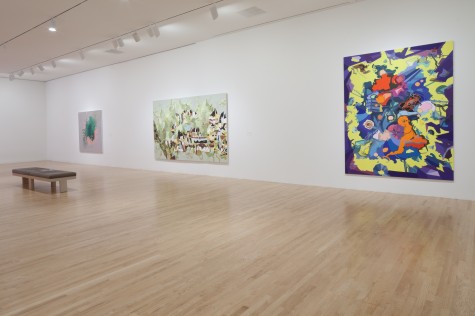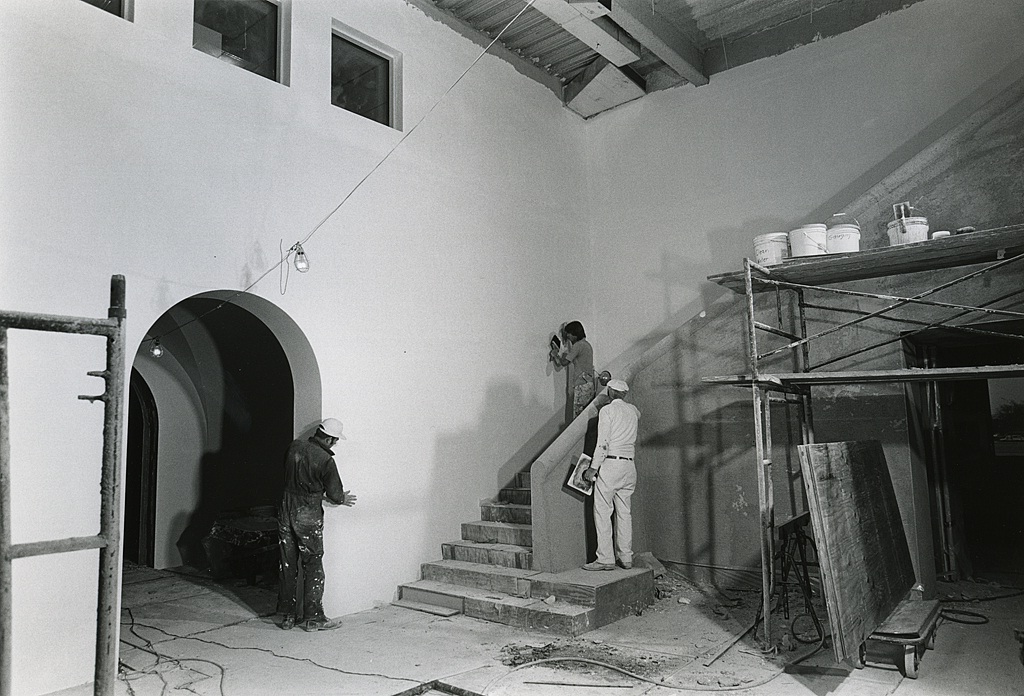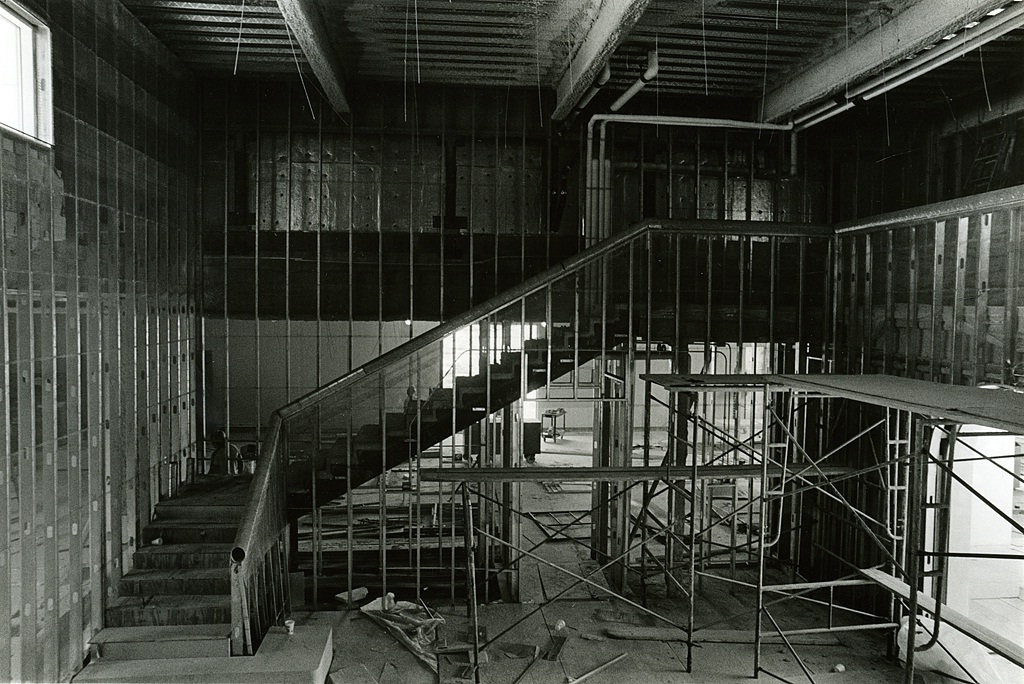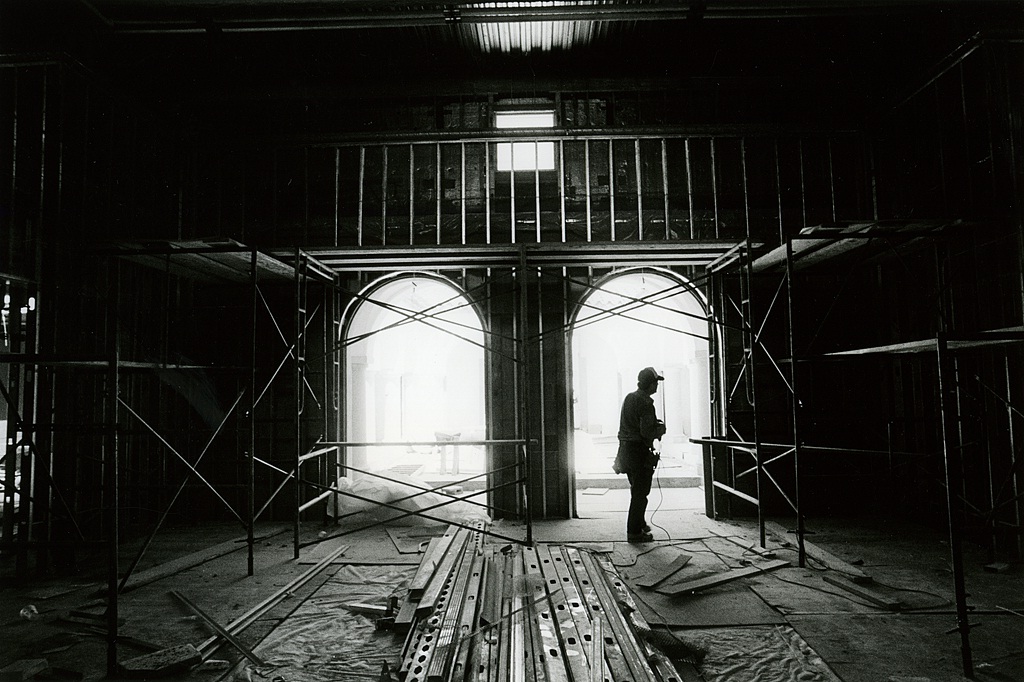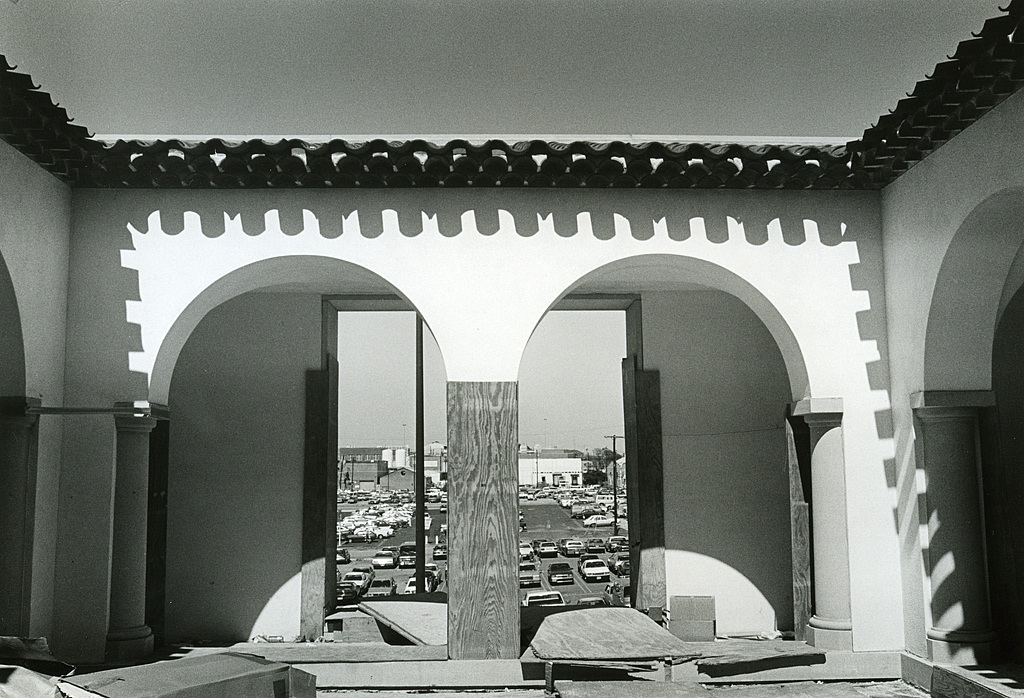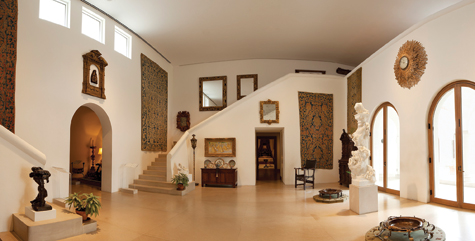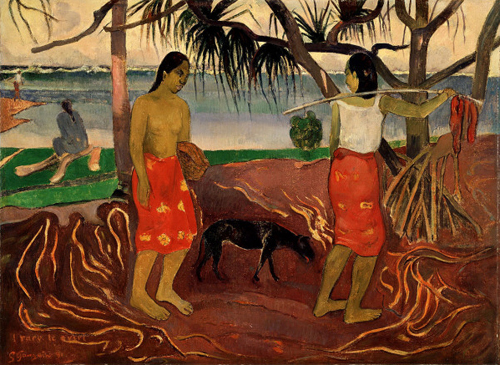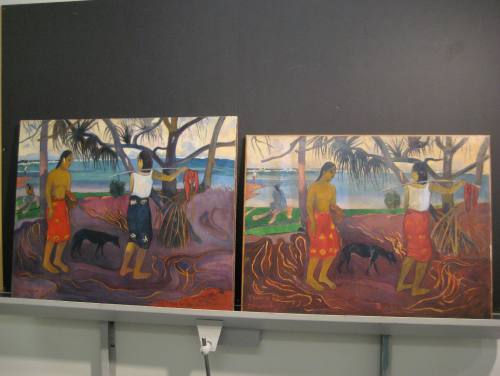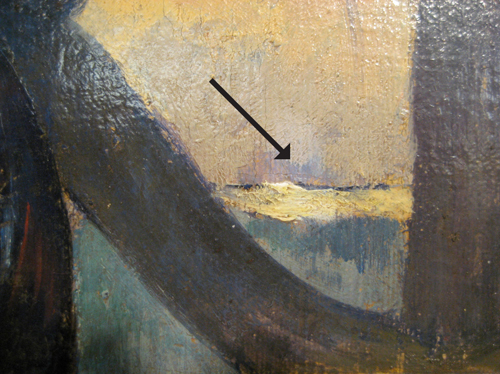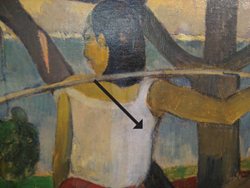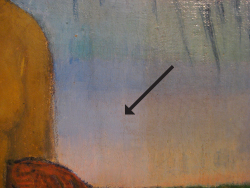It’s no secret that Super Bowl hysteria is sweeping the Dallas/Fort Worth Metroplex. On February 6, people from around the nation will be gathering in Arlington to watch the Steelers take on the Packers. But what are some of the best things to do in Dallas leading up to the Super Bowl? Below is a Dallas Museum of Art checklist for a super week for the sports fan and art critic in you. How many will you do?
- Big New Field: Artists in the Cowboys Stadium Art Program is an exhibition of work by the artists featured in the Cowboys Stadium Art Program. While exploring the exhibition, try to figure out which artist’s work from the Cowboys Stadium belongs to the work at the DMA. Pick up Cowboys Stadium: Architecture, Art, Entertainment in the Twenty-First Century from the Museum Store if you need some help.
- See the former head coach of the 2006 World Champion Indianapolis Colts Tony Dungy and his wife, Lauren, on Saturday, February 5, at 3:00 p.m., part of Arts & Letters Live BooksmART. They will discuss their new children’s book You Can Be a Friend and you can stick around to meet the Dungys after this free event. Be sure to reserve your seats at https://www.tickets.DallasMuseumofArt.org/public/ or call 214-922-1818.
- Have you ever wanted to meet a room full of former NFL players? On Saturday, February 5, the NFL Players Association will hold the annual Jazz Brunch and Art Auction Smocks & Jocks in the Dallas Museum of Art’s Atrium at 10:30 a.m. Mingle with former and current NFL players while discovering their artistic talents. For more information on the event, click here.
- Explore the Center for Creative Connections and soak up some inspiration before you stop by the Art Studio to create your own work of art, maybe even a special football-inspired trophy sculpture.
- If you are looking for a break from football, travel to Europe without leaving the Museum through a bite-sized tour of four recent acquisitions in our new European galleries.
